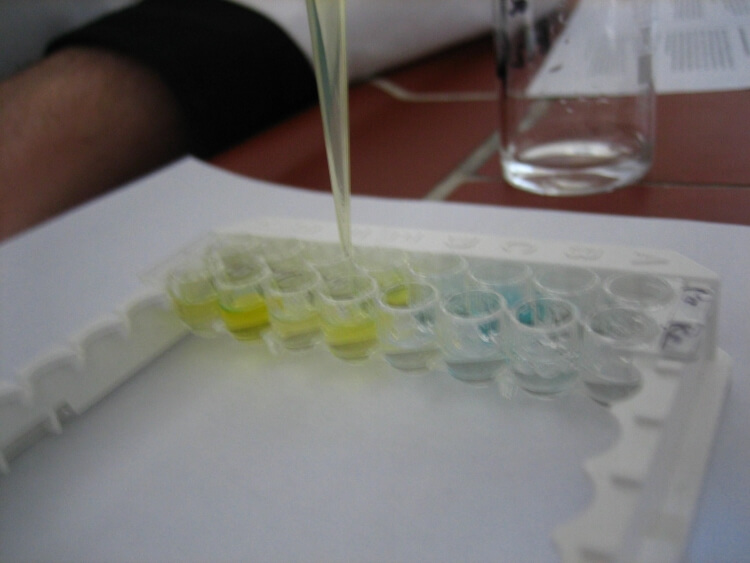3h
Human PAFR(Platelet Activating Factor Receptor) ELISA Kit
Human PAFR(Platelet Activating Factor Receptor) ELISA Kit
PTAFR
10ng/mL
Sandwich
0.055ng/mL
Hematology;
0.156-10ng/mL
ELISA Enzyme-linked immunosorbent assays Code 90320007 SNOMED
E05 478 566 350 170 or Enzyme-Linked Immunosorbent Assays,E05 478 566 350 170 or Enzyme-Linked Immunosorbent Assays,Human proteins, cDNA and human recombinants are used in human reactive ELISA kits and to produce anti-human mono and polyclonal antibodies. Modern humans (Homo sapiens, primarily ssp. Homo sapiens sapiens). Depending on the epitopes used human ELISA kits can be cross reactive to many other species. Mainly analyzed are human serum, plasma, urine, saliva, human cell culture supernatants and biological samples.
The test principle applied in this kit is Sandwich enzyme immunoassay. The microtiter plate provided in this kit has been pre-coated with an antibody specific to Platelet Activating Factor Receptor (PAFR). Standards or samples are then added to the appropriate microtiter plate wells with a biotin-conjugated antibody specific to Platelet Activating Factor Receptor (PAFR). Next, Avidin conjugated to Horseradish Peroxidase (HRP) is added to each microplate well and incubated. After TMB substrate solution is added, only those wells that contain Platelet Activating Factor Receptor (PAFR), biotin-conjugated antibody and enzyme-conjugated Avidin will exhibit a change in color. The enzyme-substrate reaction is terminated by the addition of sulphuric acid solution and the color change is measured spectrophotometrically at a wavelength of 450nm ± 10nm. The concentration of Platelet Activating Factor Receptor (PAFR) in the samples is then determined by comparing the O.D. of the samples to the standard curve.
Aplha, transcription related growth factors and stimulating factors or repressing nuclear factors are complex subunits of proteins involved in cell differentiation. Complex subunit associated factors are involved in hybridoma growth, Eosinohils, eritroid proliferation and derived from promotor binding stimulating subunits on the DNA binding complex. NFKB 105 subunit for example is a polypetide gene enhancer of genes in B cells.Platelets, also called thrombocytes or cloth cells in blood and are needed to stop bleeding by clumping and clotting the blood the vessels when the an injury occurs. Teh bone marrow will produce the platelets that have no nucleus. Platelates are unique to mammals, the are curved shaped 1900nm to 3100 nm large nucleus free clothing structures.The receptors are ligand binding factors of type 1, 2 or 3 and protein-molecules that receive chemical-signals from outside a cell. When such chemical-signals couple or bind to a receptor, they cause some form of cellular/tissue-response, e.g. a change in the electrical-activity of a cell. In this sense, am olfactory receptor is a protein-molecule that recognizes and responds to endogenous-chemical signals, chemokinesor cytokines e.g. an acetylcholine-receptor recognizes and responds to its endogenous-ligand, acetylcholine. However, sometimes in pharmacology, the term is also used to include other proteins that are drug-targets, such as enzymes, transporters and ion-channels.
